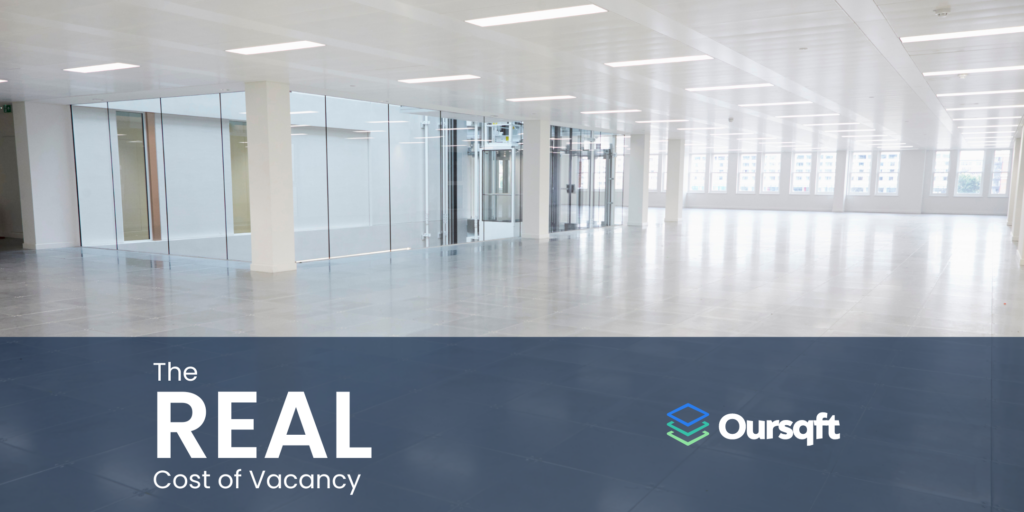The average vacancy rate in commercial office spaces varies depending on location, market conditions, and the economic climate. In a strong market, vacancy rates tend to be lower, hovering between 5-10%. However, during economic downturns or periods of oversupply, vacancy rates can surge to 15% or higher, leaving landlords with significant challenges. These vacancy rates are more than just numbers; they directly affect landlords’ financial performance, profitability, and long-term property values.
Impact on Rental Income
One of the most immediate and noticeable effects of high vacancy rates is the loss of rental income. Commercial real estate investments rely heavily on tenant occupancy to generate revenue. When vacancy rates rise, landlords face reduced cash flow, which can make it difficult to cover ongoing expenses such as mortgage payments, property maintenance, insurance, and taxes. In cases where landlords are dependent on a small number of large tenants, even a single vacancy can result in substantial financial strain.
This loss of rental income can also force landlords to offer concessions such as free rent periods, discounted rates, or tenant improvement allowances to attract new tenants, further reducing profitability in the short term.
Increased Operating Costs
Even with vacant spaces, landlords still need to maintain the property. Common area maintenance, utilities, security, and landscaping must be upheld to keep the building in good condition and attractive to potential tenants. These operating costs do not decrease with higher vacancy rates; in fact, they may even increase as landlords need to invest more in marketing and maintenance to compete in a crowded market. Without rental income to offset these costs, landlords often find themselves operating at a loss.
Property Value Depreciation
Vacancy rates also impact the long-term value of a property. Investors and buyers evaluate commercial real estate based on its income-generating potential. Higher vacancy rates signal a lower return on investment (ROI), reducing the property’s overall market value. If vacancy rates persist, landlords may find it difficult to sell the property at a favorable price or even refinance existing loans.
Lenders may also see a high vacancy rate as a risk factor, leading to stricter lending terms or higher interest rates, further complicating a landlord’s financial position.
Pressure to Retain Tenants
With high vacancy rates, retaining existing tenants becomes even more critical. Landlords may feel pressure to keep current tenants in place by offering more favorable lease terms or reducing rent. This can create a cycle of lower rental income and higher operational costs as landlords sacrifice profitability to avoid vacancies. However, failing to retain tenants in such a market can lead to prolonged vacancies, exacerbating the financial strain.
In Summary
Vacancy rates in commercial office spaces are a crucial metric that significantly impacts landlords. High vacancy rates reduce rental income, increase operating costs, and lower property values, making it harder for landlords to maintain profitability. In challenging markets, landlords must be proactive in attracting and retaining tenants to mitigate the financial risks associated with prolonged vacancies. By offering competitive lease terms, maintaining the building’s appeal, and staying attuned to market trends, landlords can minimize the effects of vacancies and protect their investments in the long run.



